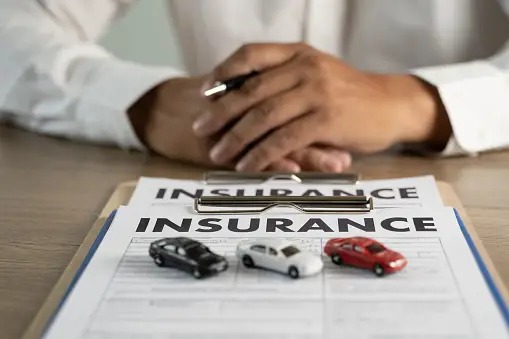Car insurance groups serve as a fundamental component in the insurance industry, playing a vital role in assessing the risk associated with insuring different vehicles. Understanding how car insurance groups work can provide valuable insights for consumers when making decisions about purchasing a car and selecting an insurance policy. Let’s delve into the intricate workings of car insurance groups to unravel the complexities and shed light on their operation:
1. The Genesis of Car Insurance Groups
Car insurance groups were introduced to categorize vehicles based on various factors that influence the cost of insurance. These groups were designed to streamline the insurance process by assigning vehicles to specific risk categories, making it easier for insurers to determine premiums accurately.
2. Factors Considered in Group Assignment
- Car Value: The market value of a vehicle plays a significant role in determining its insurance group. More expensive cars are typically placed in higher insurance groups due to the increased costs associated with repairs or replacements.
- Repair Costs: Vehicles that require expensive repairs are often categorized into higher insurance groups, reflecting the potential financial risk for insurers.
- Safety Features: Cars equipped with advanced safety features that reduce the likelihood of accidents may be placed in lower insurance groups.
- Performance: High-performance vehicles are generally considered riskier to insure and are placed in higher insurance groups.
- Theft Rate: The likelihood of a vehicle being stolen also impacts its insurance group, with higher theft rates leading to higher group ratings.
3. Group Classification System
Car insurance groups are typically classified on a scale from 1 to 50, with group 1 representing the least expensive vehicles to insure and group 50 encompassing the most costly ones. Insurers use actuarial data and statistical analysis to assign vehicles to specific groups based on the aforementioned factors.
4. Impact on Insurance Premiums
The insurance group a vehicle falls into directly influences the cost of insurance premiums. Vehicles in higher insurance groups are associated with greater risk, leading to higher insurance premiums. On the contrary, cars in lower insurance groups are deemed less risky and therefore attract lower insurance costs.
5. Importance of Group Assessment for Consumers
Understanding the insurance group of a vehicle is crucial for consumers as it directly impacts the overall cost of owning and insuring a car. By selecting a vehicle in a lower insurance group, individuals can potentially save on insurance premiums and reduce their overall expenses.
6. Dynamic Nature of Group Assignment
Car insurance groups are not static and can change over time based on various factors such as new models, safety advancements, and market trends. It is essential for consumers to stay informed about these changes to make informed decisions when purchasing a vehicle or renewing their insurance policy.
7. Shopping Strategies based on Group Ratings
Consumers can strategically use car insurance group ratings to their advantage by comparing insurance costs for different vehicles. Opting for a car in a lower insurance group can result in significant savings on insurance premiums over the long term.
8. Impact of Claims History on Group Placement
The claims history of a particular vehicle model can also influence its placement in insurance groups. Vehicles with a high frequency of claims may be categorized into higher insurance groups, reflecting the increased risk associated with insuring these cars.
9. Technological Advancements and Group Assessment
Advancements in automotive technology, such as autonomous driving features and connected vehicle systems, are reshaping how vehicles are assessed for insurance groups. Insurers may factor in these technological advancements when assigning group ratings to vehicles, reflecting their impact on safety and risk.
10. Consumer Empowerment through Understanding
In conclusion, comprehending how car insurance groups work empowers consumers to make informed decisions regarding vehicle purchases and insurance coverage. By grasping the factors that influence group assignments, consumers can navigate the insurance landscape more effectively, optimizing their insurance costs and ensuring adequate coverage for their vehicles. Stay informed, assess the group ratings diligently, and make educated choices to secure the best insurance deals and protect your automotive investments.

